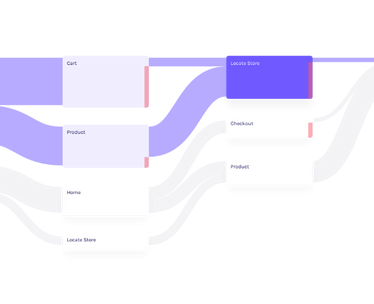Voice of the Customer is the process of capturing feedback to learn what customers think of your company or service. This includes both asking them directly for feedback and observing existing conversations involving your company. The goal is to understand your customers’ needs, expectations and experiences.
Voice of the Customer turns customer feedback into decisions that improve customer experience. You uncover customer needs and expectations, fix pain points and prioritize the roadmap with confidence. Teams use VoC to lift customer satisfaction, grow customer loyalty and reduce churn by aligning products, marketing and customer service to what customers actually want.
Voice of customer metrics are numerical measures of how customers feel about a company or product. For example, you could ask customers to rate from 1-5 how satisfied they are. By tracking customers’ average score, you can learn how customer sentiment changes over time or between groups.
VoC data can easily be captured by using software like online surveying tools or social media analysis platforms. For some research methods, such as customer interviews, you might take notes manually. However, recording your VoC data digitally makes it easier to compile, analyze and share later.
Voice of customer tools are software platforms that help you gather and analyze customer feedback. For example, survey tools let you invite customers to answer questions on your website. More advanced tools might help you analyze social media posts or identify trends in customer support requests.





